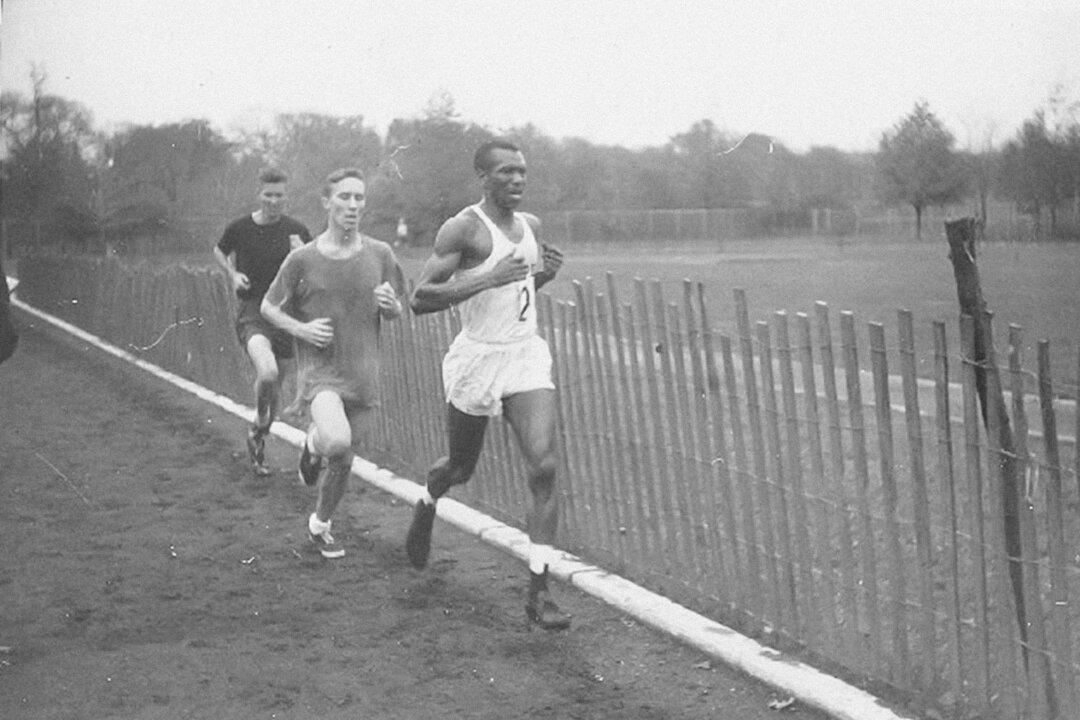Ted Corbitt estimated that he ran 200,000 miles in his lifetime. That amounts to more than eight full trips around the Earth.
Ted Corbitt was a world-class marathon and long distance runner who enjoyed an exceptionally long career. In the Boston Marathon, for example, his first race was in 1951, and his last race was in 1974, at the age of 55. If Corbitt were running in today’s era of advanced training and treatment, that would be amazing enough, but back when he ran and raced, his record was positively extraordinary. Corbitt, however, was not satisfied with the 26.2-mile marathon distance, so he competed in ultramarathons at distances of 50 miles or more.


